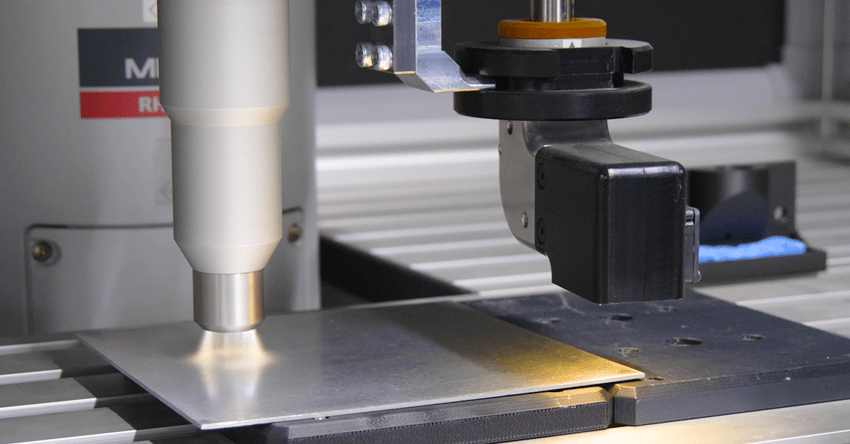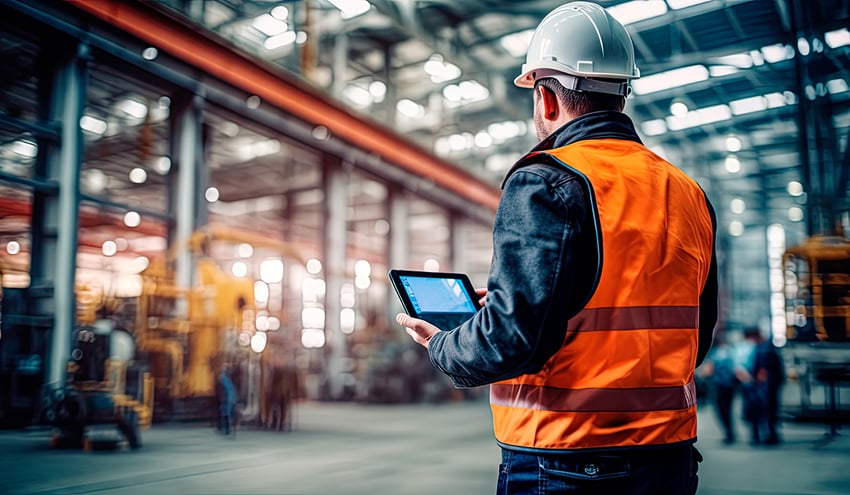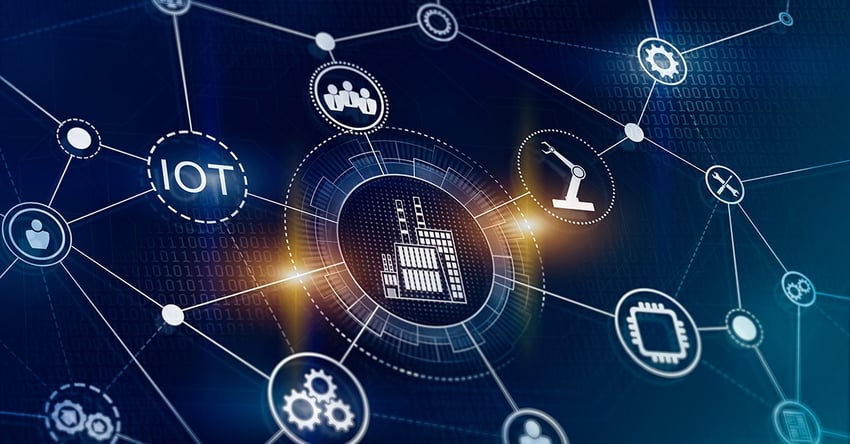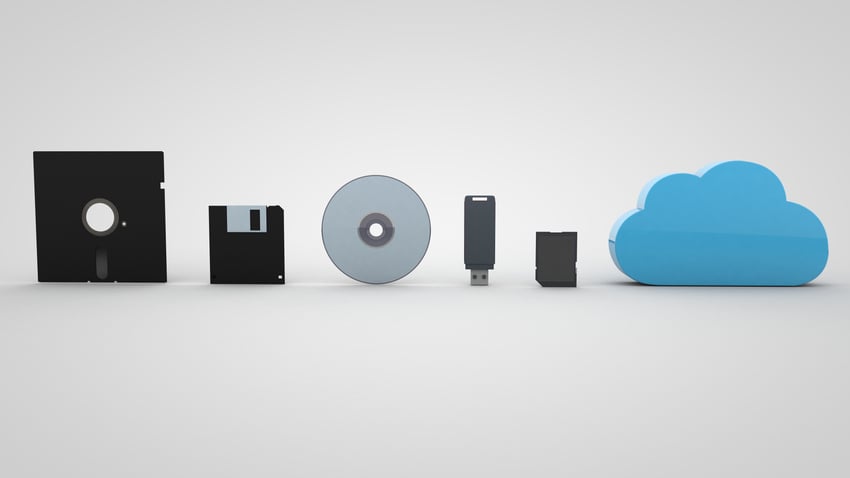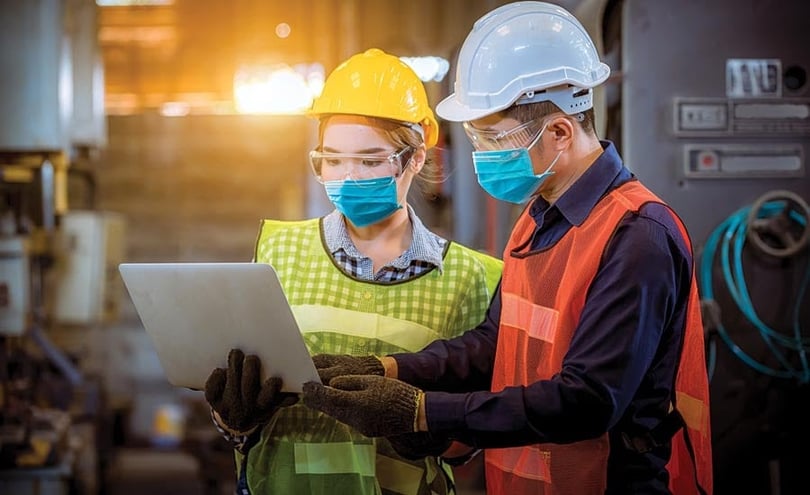The globalization of supply chains, diversification of team locations, outsourcing of essential organizational functions, and the digitalization of data and communication have made the world accessible to small and medium-sized manufacturers, challenging both large and small enterprises to respond swiftly across distances without losing time or momentum. In addition, in this constantly evolving world, including unexpected global pandemics, requires companies to be prepared for remote work and execute it efficiently.
Manufacturing companies must adapt to remain agile during industry changes and surprises. By having communication and data-sharing capabilities extending over long distances, they can avoid unnecessary downtime, become more nimble, and quickly respond if the industry changes or unexpected situations arise.
It’s fast. It’s accurate. It’s non-destructive. It’s the Automated Surface Analyst.
Can you Master the Basics? How to Achieve Optimal Surface Quality Monitoring Results
Tasks often span multiple departments in managing manufacturing processes, such as cleaning and adhesion. To ensure smooth operations despite the potential distance between teams, it's crucial to establish a shared language for tasks like failure analysis and process monitoring. For example, the engineer assessing washing system output or assembly quality might not be at the same location where these activities occur.
In this insightful guide, we'll explore an innovative way your business can transform your real-time production monitoring and data collection of material surfaces, bringing your factory into the digital age and elevating your manufacturing prowess to new heights.
Keeping Track of Surface Quality
The first thing you need to know about monitoring surface quality remotely is that it should be done. Most importantly, all manufacturers who bond, coat, seal, print, paint, and clean need to have process checks in place throughout their production process to ensure ideal material surfaces are being created for strong, reliable adhesion. After all, the end product quality will be based on the performance of adhesion. Additionally, as stated previously, the need to carry out operations from afar effectively is critical to keeping production moving and teams efficient. So, these go hand-in-hand: the need to monitor surface quality and the need to do it from a distance.
For more information about creating an adhesion process that can withstand global shifts and streamline communication, download our eBook: Predictable Adhesion in Manufacturing Through Process Verification
Surface quality is essential to reliable adhesion, and most manufacturers who do testing for surface quality usually do so at the R&D laboratory level. Unfortunately, however, most of these tests don’t translate well to the factory floor and don’t correlate meaningfully to the subjective, destructive, sight-based tests that might be done in production. Also, the tests in the lab might not be adequately reproducing production environments and all of the contamination possibilities therein. When this is the case, as it often is, adhesion processes are not safeguarded from potential issues, and technicians are not prepared to catch problems when they do arise.
The inability to prevent and address issues is not due to a lack of desire; it’s primarily due to a lack of available testing methods that are useable on the production line, offer quantitative data-driven analysis of material surfaces, and are sensitive to the properties of surfaces that are most important to ensuring adhesion works appropriately.
The chemical composition of each surface that is to be joined must be precisely controlled and complementary at the molecular level for adhesion to be successful. Therefore, testing methods that are sensitive to the micrometer and nanometer levels of the surfaces are better suited to predict whether they will bond.
An appreciation for the very vulnerable, delicate, and critical surface needs to be developed before proper testing can take place. You need to know what you are testing and looking for before you can have certainty that data shared between remote teams will be useful. Trust in the information being exchanged is essential for a great remote workforce. The better the data, the more potential remote teams have to do their duties well, regardless of whether the quality of inspection and data analysis is done in a single location or not.
Creating a Common Language
For remote teams to be most effective, there needs to be clear and consistent communication between them. Generating actionable data around surface preparation, cleaning, treatment, and subsequent bonding, coating, and painting operations can be the difference between needing to send a quality engineer halfway around the world or not.
Assigning quantifiable values on chemical cleanliness will establish a common way for evaluating the quality of parts acquired from vendors. In addition, having a reliable and practical means of communicating exact parameters of cleanliness upstream through supply chains gives manufacturers a powerful management advantage.
Some industries, like aerospace manufacturing, rely on third parties to conduct maintenance and repair work. With a straightforward and fast way to communicate surface quality control metrics, companies can rest assured that their repair teams and contractors will be able to meet any standards for performance and streamline communications.
Critical Surface Quality Monitoring Can and Should be Done Remotely
Good news: it is possible to have direct measurements of surface quality on actual parts in a production setting that can provide real-time, quantifiable results that are conveniently shareable.
For example, a production team in Tennessee or Michigan is experiencing seals leaking on an engine block. They must communicate this to a quality assurance team in Japan or Korea. With the right inspection equipment measuring the chemical cleanliness of the surfaces being treated, washed, and sealed, this information can be relayed in mere moments.
When each Critical Control Point in a production line is equipped with an accurate and fast measurement that provides traceable data, it becomes feasible to trace the source of any adhesion and cleanliness issues from any location. Critical Control Points are any place in the adhesion process where the surface quality may alter deliberately or accidentally. Outlining each of these points and keeping an eye on them makes it possible for engineers to understand the production process from any place in the world.
Real-time production monitoring systems capable of this kind of process monitoring can flex from the laboratory to the production line with ease, bridging the gap between those teams as well.
Save Time, Money, and Enjoy Built-in Flexibility with Remote Access to Data
Last but certainly not least, is that having efficient remote teams enhances businesses’ profitability.
Production data available on production lines for development teams are extremely valuable for cost savings. Businesses have the potential to extract vast amounts of data from production lines without needing to be in the facility in person. This could save them an immense amount of money in just travel costs alone.
Optimize the power of next-gen connectivity with data & surface intelligence.
The use of real-time data allows remote teams to collect data for continuous improvement programs and provide the necessary information they require to develop and scale new products efficiently. This data is essential to avoid the pricey and time-consuming costs of discovering issues late in production. The ability to rapidly and accurately share information between remote teams helps data-based decision-making, optimizes existing processes, prevents problems from arising, and allows corrective action to be taken ahead of time.
Companies must remain agile and responsive to the varying demands of remote teams, given the current environment of supply chain diversification, automated production lines, digitized processes, and the global economy. Accurate, quick, and measurable surface quality assessments offer the necessary adaptability to ensure that adhesive processes are strong and dependable, keeping everyone on the same page.
For more information about creating an adhesion process that can withstand global shifts and streamline communication, download our eBook “Digital Transformation: Why it’s real. Why it matters. And why you need it now.”

